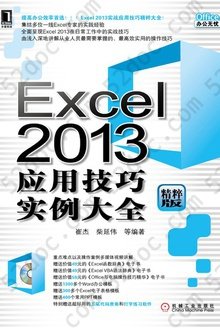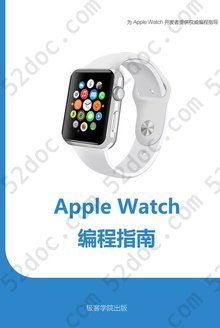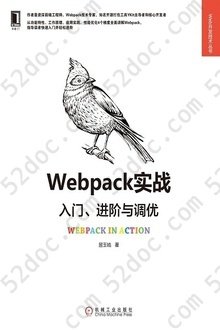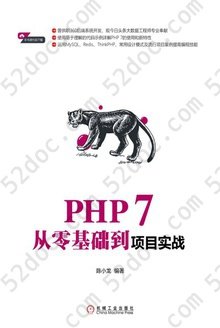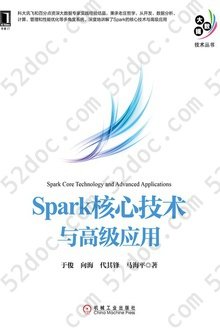注重体验与质量的电子书资源下载网站
分类于: 计算机基础 互联网
简介
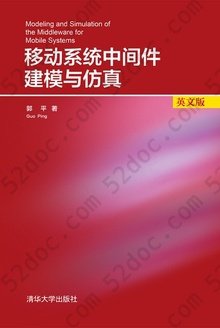
移动系统中间件建模与仿真(英文版) 豆 0.0分
资源最后更新于 2020-03-29 01:50:12
作者:郭平
出版社:出版社清华大学出版社
出版日期:2018-07
ISBN:9787302491873
文件格式: pdf
简介· · · · · ·
本书主要介绍基于软件架构的软件建模与设计的相关知识,以移动系统作为例子,展示了如何使用基于和UML类似的元建模和图形转换技术来解决实际问题,主要内容包括问题领域、建模语言、软件架构式样、仿真技术、细化技术以及工具支持与代码生成。本书不仅具有理论研究价值,而且具有较高的工程应用价值,对移动系统和软件架构软件建模感兴趣的研究开发者和工程师具有很好的参考价值。郭平,现任职于昆明理工大学计算中心,曾获得德国帕德博恩大学的计算机博士学位。主要研究方向包括软件架构、软件建模、移动和系统、嵌入式系统等。曾任职于西门子研发中心软件工程师,德国国家印刷厂高级软件架构师,Capgemini咨询师等。
目录
内容简介
作者介绍
Abstract
Acknowledgements
Chapter 1 Introduction
1.1 Motivation: middleware for mobile systems
1.2 Problems with architecture-centric approaches
1.3 Objectives of the book
1.4 Our approach
1.5 Structure of the book
Chapter 2 The Problem Domain
2.1 Overview
2.2 Middleware for distributed systems
2.3 Middleware for mobile systems
2.4 Middleware for mobile systems: examples
2.5 Aspects to be modeled
Chapter 3 Related Work
3.1 Overview
3.2 Requirements
3.3 Survey of related work
Chapter 4 An Overview of the Approach
4.1 Overview
4.2 The architectural style for the middleware
4.3 The modeling and simulation framework
Chapter 5 Architectural Style-based Modeling
5.1 Overview
5.2 Background of the TGTS
5.3 Specification of the style
Chapter 6 Style Examples
6.1 Overview
6.2 The middleware for nomadic networks
6.3 Conceptual style
6.4 Platform-independent concrete style
6.5 Platform-specific concrete style: Wireless CORBA
Chapter 7 Style Refinement
7.1 Overview
7.2 Requirements for the refinement
7.3 Existing approaches and open problems
7.4 Rule mapping-based style refinement
Correctness Check
7.5 Evaluation and comparison
Chapter 8 Style Simulation and Tools
8.1 Overview
8.2 Graph transformation simulation tools
8.3 Style-based simulation
Chapter 9 Conclusion
9.1 Evaluation
9.2 Relevance to practice
9.3 Contributions
9.4 Future work
Appendix A OMG Wireless CORBA IDL
MobileTerminal.idl
Module MobilityEventNotification
Module GTP GIOP Tunneling Protocol
Bibliography
List of Figures
List of Tables
附录CD



